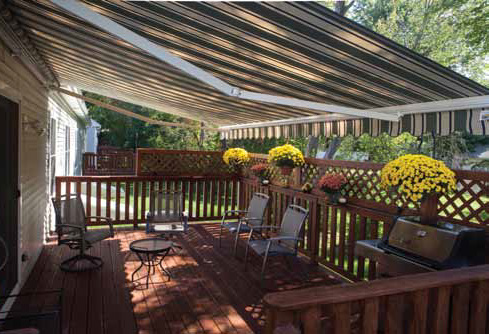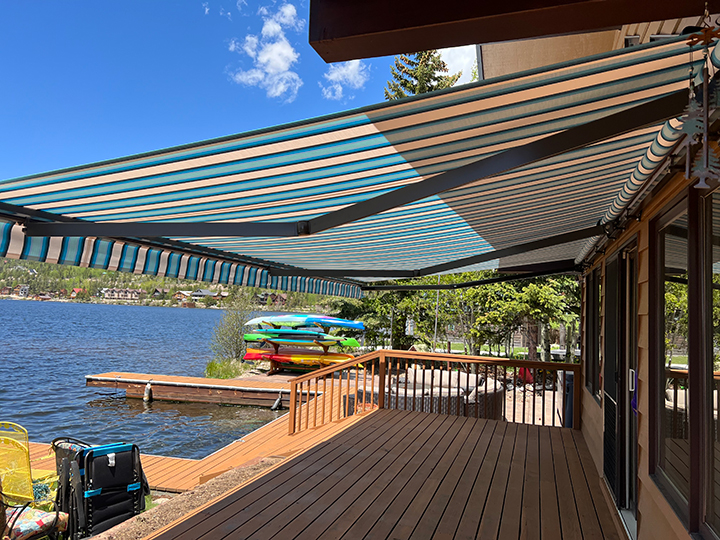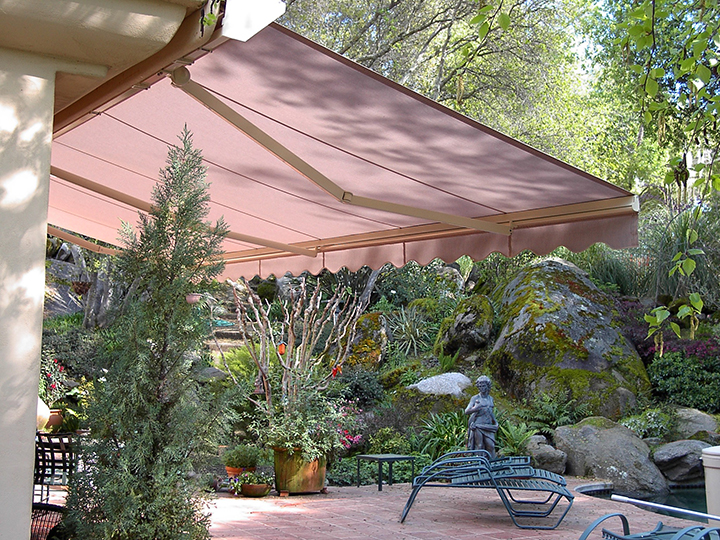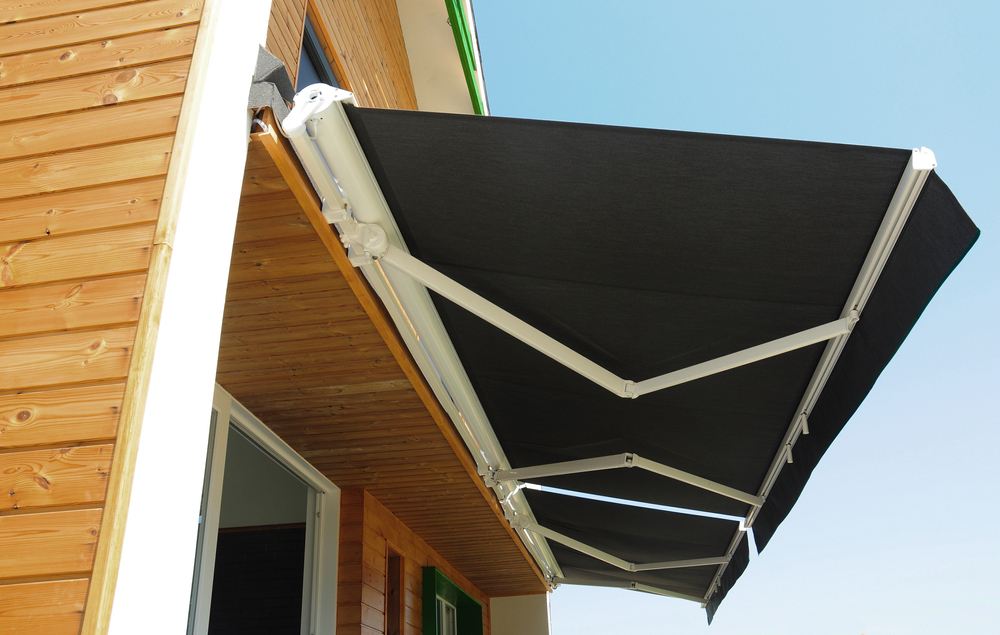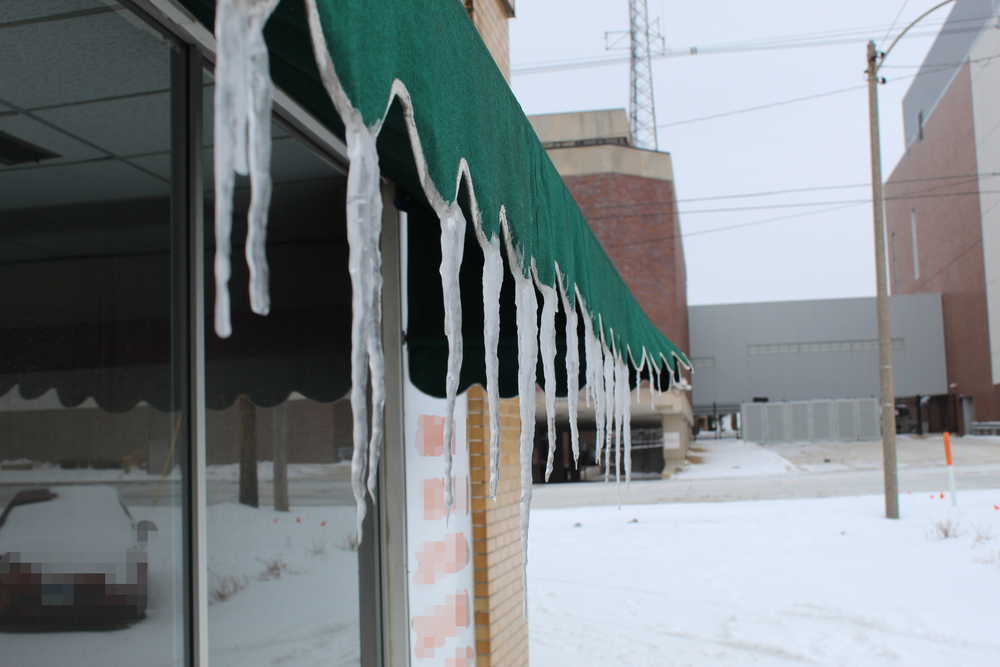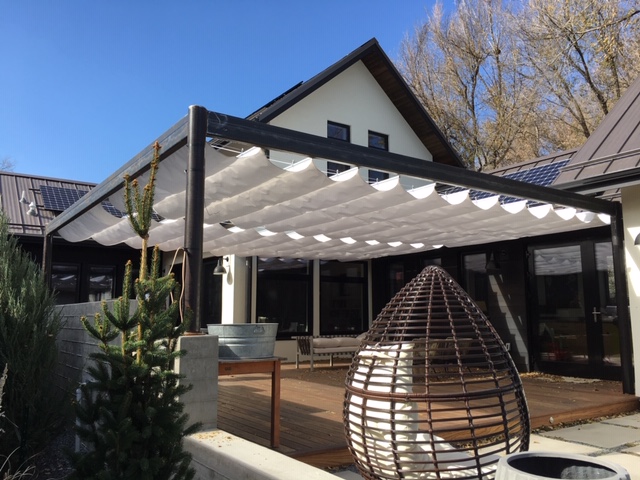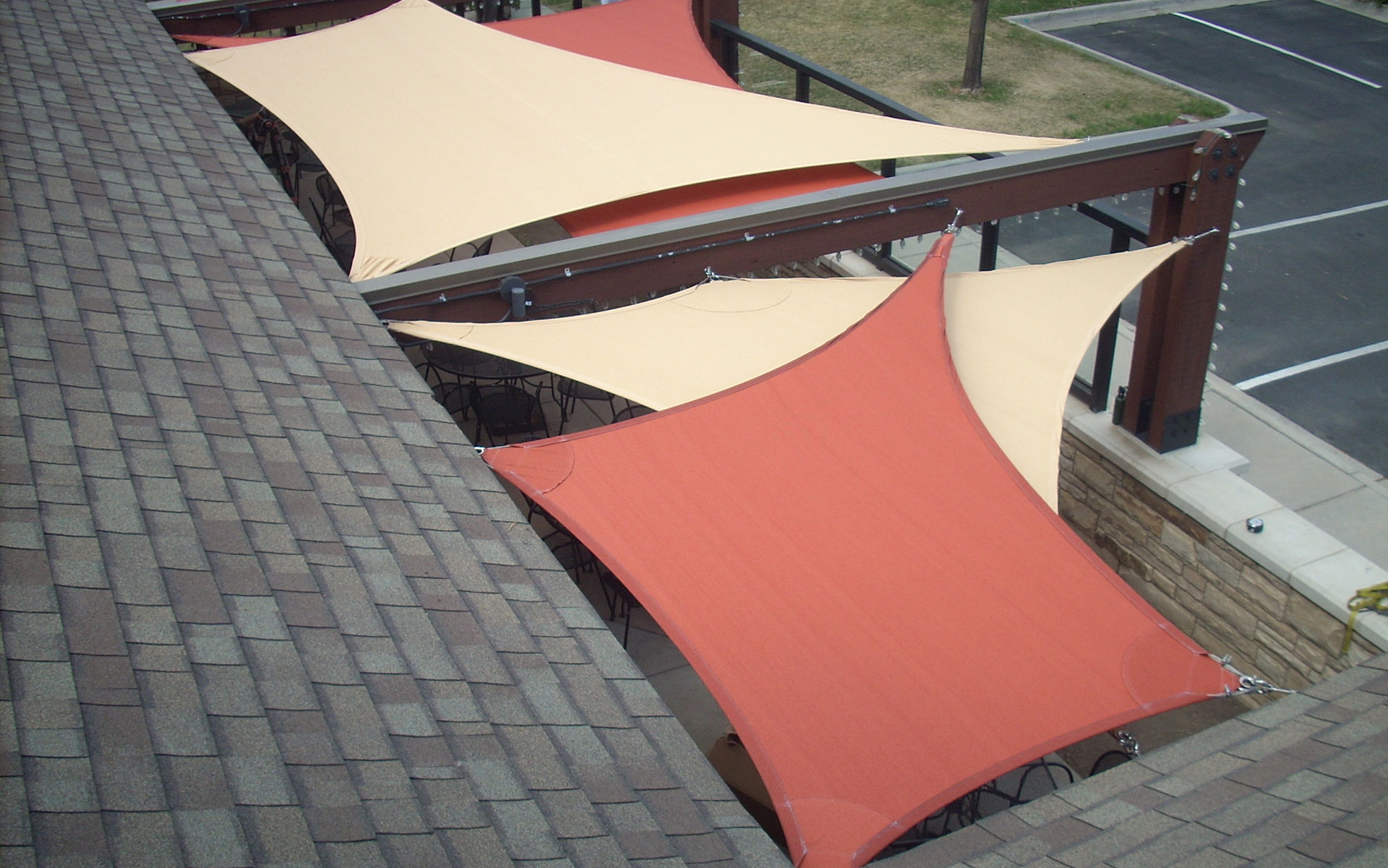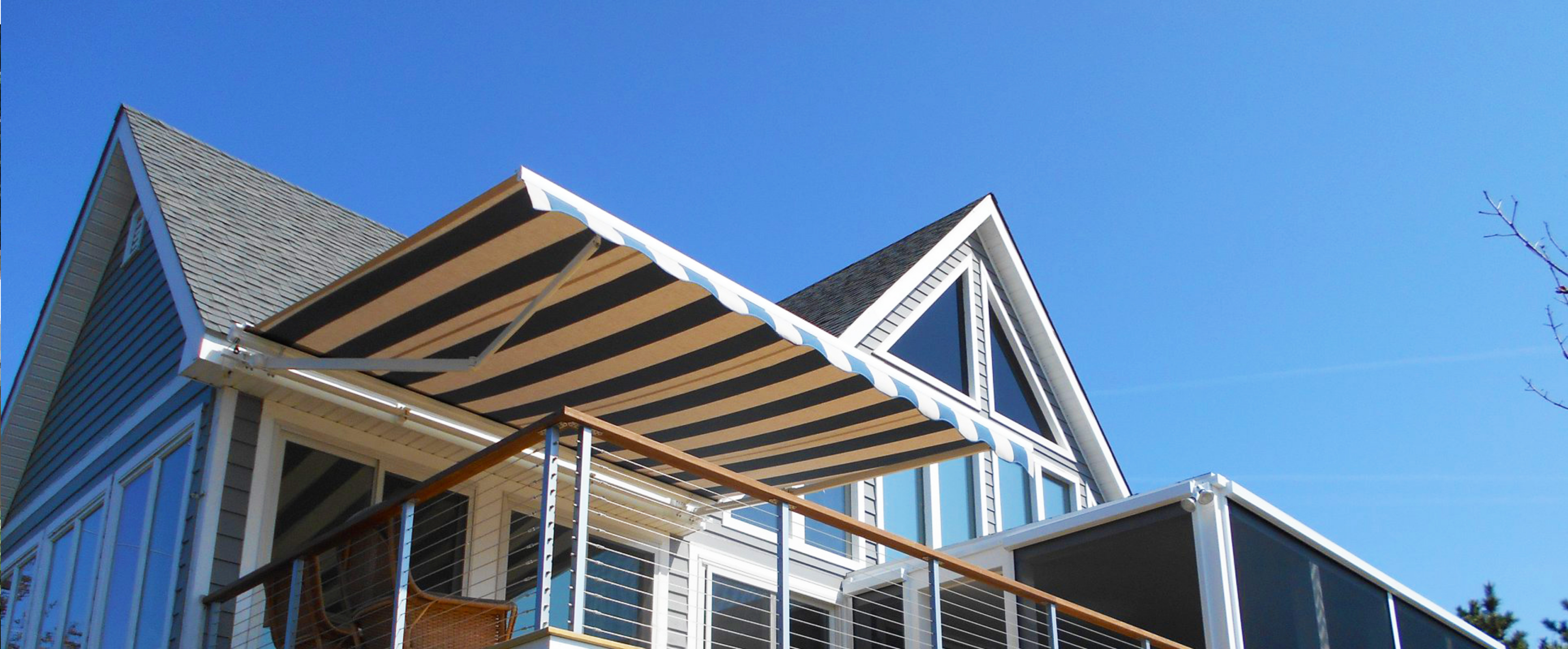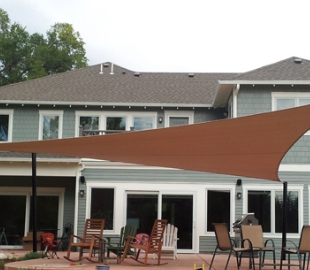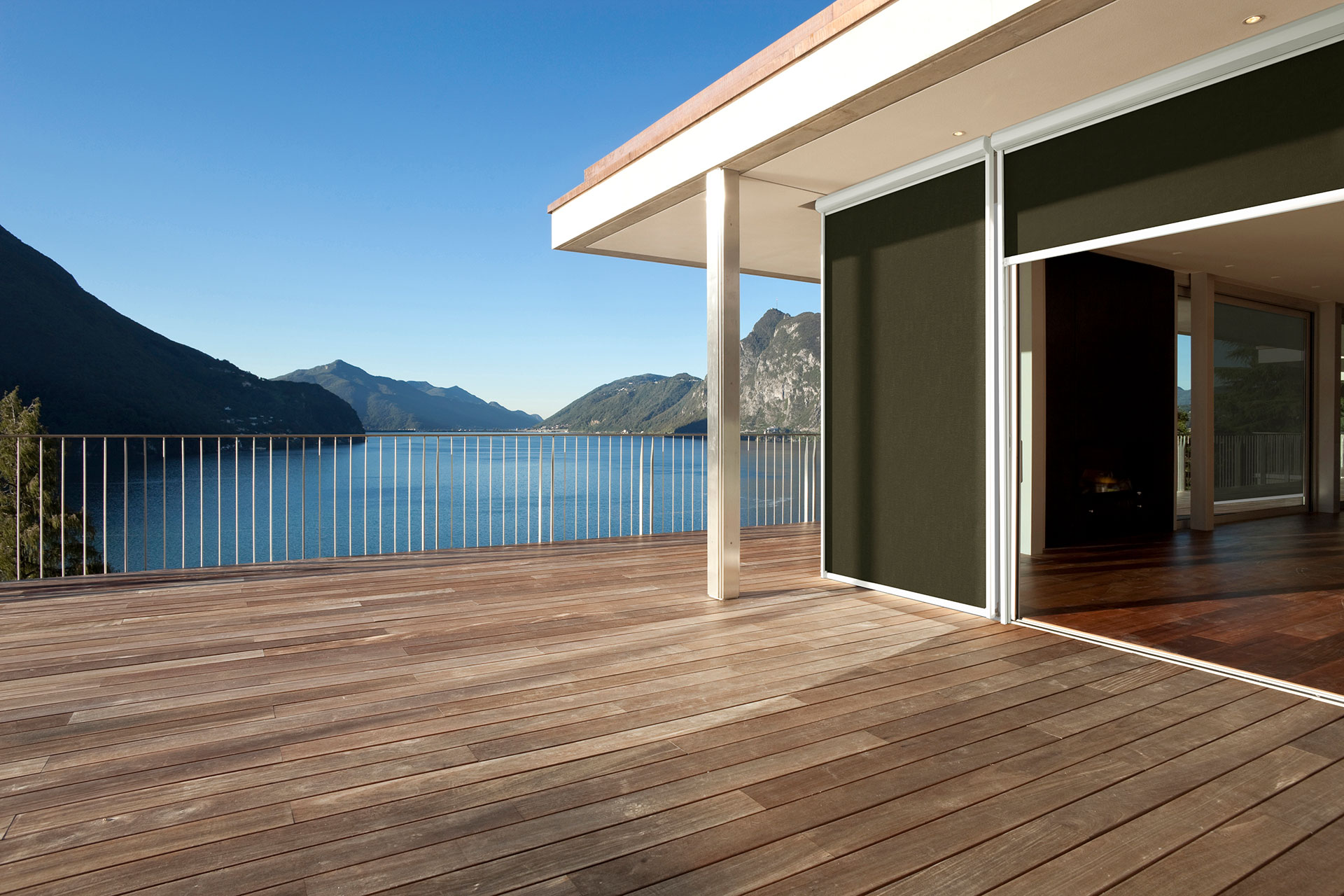When selecting an awning, choosing the right material is essential to ensure it stands up to the elements year-round. Whether facing intense sun, heavy rain, wind, or snow, your awning needs to be made from durable, weather-resistant materials. Here are some of the best options to consider when shopping for a high-performance awning.
Acrylic Fabric
Acrylic is a popular choice for awnings thanks to its ability to resist fading and mildew. It performs exceptionally well in both hot and damp climates, offering long-term color retention and protection from UV rays. Its breathable nature also reduces heat buildup underneath the awning.
Vinyl-Coated Polyester
Vinyl-coated polyester combines strength and flexibility, making it ideal for areas prone to rain or snow. This waterproof material is easy to clean and provides excellent durability against mold and mildew. It’s also tear-resistant, offering reliable performance in windy conditions.
Solution-Dyed Polyester
This fabric is manufactured with color infused into the fibers during production, giving it superior resistance to fading. It’s a tough, UV-resistant material that can also withstand moisture and moderate wind, making it a well-rounded option for varying climates.
Aluminum Awnings
For maximum durability, aluminum awnings are hard to beat. They can withstand high winds, snow loads, and intense sun without deteriorating. Though heavier and more permanent, aluminum awnings require minimal maintenance and offer excellent long-term value.
Not all awnings are built the same—and when harsh weather is a factor, material matters. Whether you go with fade-resistant acrylic, waterproof vinyl-coated polyester, colorfast solution-dyed polyester, or ultra-durable aluminum, choosing the right material means better protection, less upkeep, and longer lifespan. Invest wisely now, and your awning will deliver comfort and coverage through every season.



